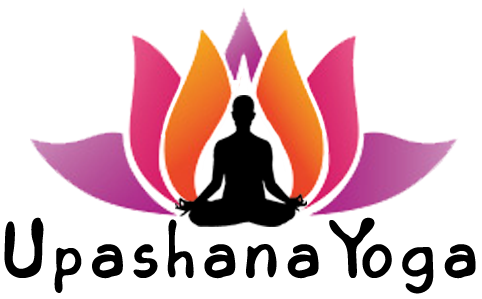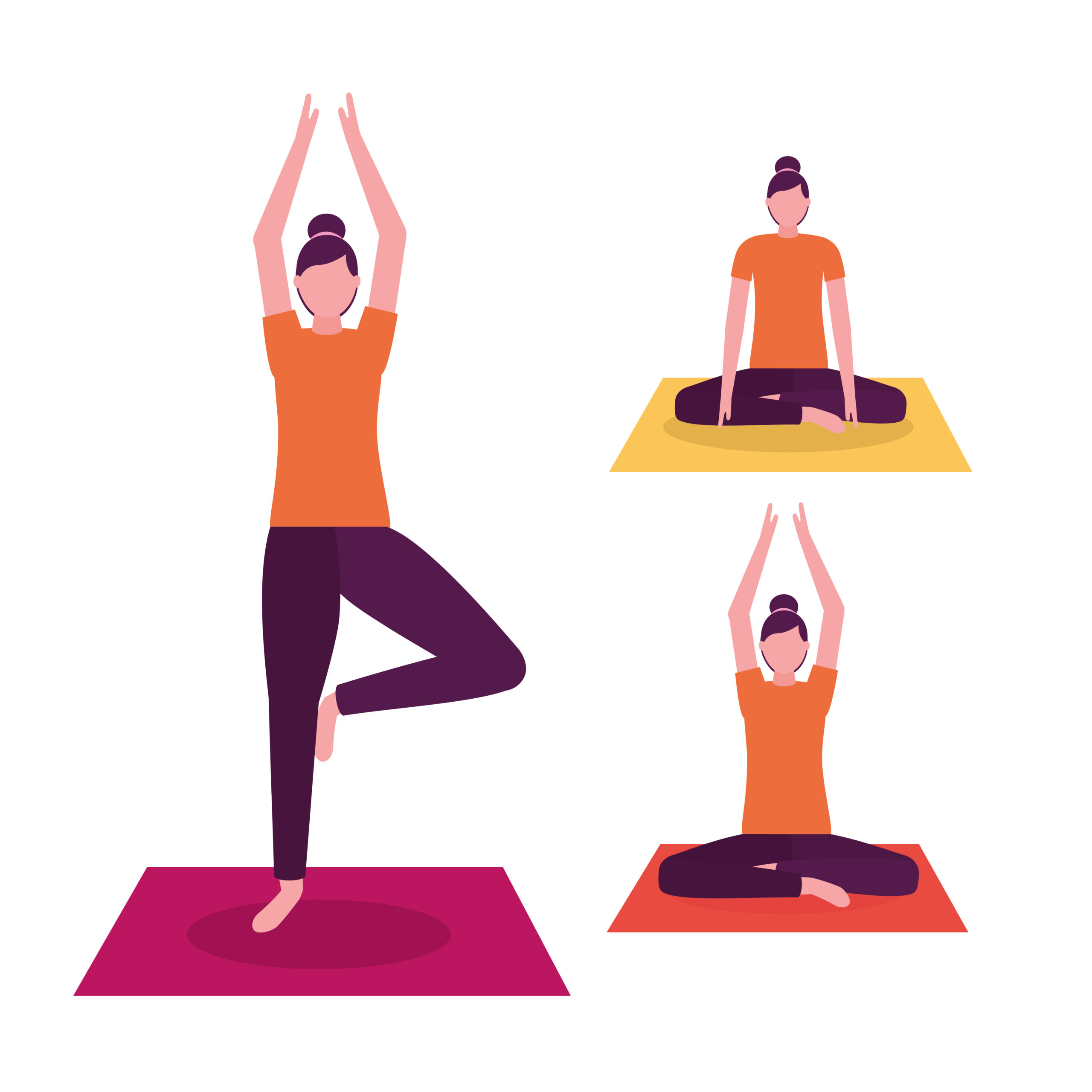

Padmasana is a very basic and is best in all sitting yoga poses. If you see any yogi or sage meditating, then you will always them sitting in this yoga. Sitting in Padmasana is very beneficial for your leg and hip muscles and joints. But not only this, but it has also been said in the mythological texts that if you sit always in Padmasana, then it can also eliminate many of your disorders. So, see below to know more about Padmasana.
What Is Padmasana?

Padmasana is a good yoga pose and is considered good for the brain and respiratory problems. This asana makes the body flexible. This posture is also considered to be good for muscle strengthening.
Padmasana is a Sanskrit word which is derived from two words. The Sanskrit word “Padma” means “Lotus” and “Asana” means “Yoga Pose” in English. Hence, this yoga pose is also known as the “Lotus Pose”. While performing this yoga pose, both the feet are on each other’s thigh and make a lotus shape. Therefore it is called Padmasana.
(Also Read: Utkatasana Or Chair Pose | Steps & Benefits)
Why Should One Do Padmasana?

The mind of all of us remains unstable and disturbed and due to physical and mental stress, we are surrounded by diseases. Padmasana removes our physical and mental stress by making us stable so that we can stay healthy. Our practice increases our concentration so that we can do any work better.
Performing this yoga pose keeps the mind calm and happy, and by practicing this, your body blossoms to the full lotus, hence this posture is known as “Padam Asan”. All of us should practice Padmasana for at least 5 minutes daily.
Preparatory Poses:
- Urdhva Padmasana or Inverted Lotus Pose
- Pindasana or Embryo Pose
- Matsyasana or Fish Pose
- Uttana Padasana or Raised Feet Pose
- Sirsasana or Headstand
- Balasana or Child’s Pose
- Baddha Padmasana or Bounded Lotus Pose
(Also Read: Triangle Pose Or Trikonasana Steps & Benefits)
Method To Practice Padmasana:

In Padmasana yoga both legs are placed on the thighs of each other, keeping the body and spine straight. It is considered an important position for meditation. So, see below how to do this yoga.
Step 1:
Sit on the floor, spread your legs, your feet should be straight and in front. Hold the right foot with both hands and gently bend the legs and place it on top of your left thigh. The legs should be positioned in such a way that it touches the navel of your stomach.
Step 2:
Similarly, bend the left knee lightly and hold it with both hands and keep it above the right thigh. At this point, both your knees should touch the floor and the soles of the feet should be straight.
Step 3:
Keep your spine straight at this point. If you feel difficulty in sitting for too long in this position, then you can sit in this position by changing the legs.
Step 4:
Keep your spine erect and keep both hands on the thighs of both feet and the thumb index finger should touch the finger and the remaining fingers of the hand should be open and straight.
Step 5:
Keep the head and neck straight as well and take long and deep breaths, exhale slowly after a few minutes, and focus only on the breaths while exhaling and exhaling.
Step 6:
Initially do Padmasana for 2 to 3 minutes. After a few days of practice, increase its duration and practice for 15 to 20 minutes. While doing Padmasana, be especially careful not to tilt your head and body at all.
(Also Read: Setu Bandhasana Or Bridge Pose Steps, Benefits & Precautions)
How Long Should One Perform Padmasana?
Initially practice it for 1-2 minutes and gradually you can increase it for 20 – 30 minutes.
Under normal circumstances, it is sufficient for 5 to 10 minutes only. You will benefit a lot by doing so much time regularly.
Precautions Of Doing Padmasana:
Generally, Padmasana is a very simple asana but if there is any specific disease or discomfort in the body, some precautions should be taken before performing this asana. So, see the precautions of doing Padmasana.
- If your feet hurt your knees and feel difficulty in bending the knees, do not try to force it.
- Most people are not able to place the second leg easily on the thigh of the first leg. Therefore, such people should first practice the half-butterfly pose, followed by Padmasana.
- Pregnant women should also avoid performing Padmasana. Apart from this, do not perform this asana if you have severe back and back pain, injury to knees and ankles or if you are a patient of sciatica.
- The easier the Padmasana is, the more difficult it is to do it. Therefore, if there is any difficulty, do it under the supervision of a yoga teacher.
Follow Up Poses:
- Adhō Mukha Svānāsana Or Downward Facing Dog
- Matsyāsana Or Fish Pose
(Also Read: Paschimottanasana Or Seated Forward Bend Steps & Benefits)
Benefits Of Padmasana:

Padmasana is an asana that can be done at any time. Like other yoga postures, doing Padmasana also has great health benefits and this asana is beneficial in curing diseases. Let us know what are the benefits of performing Padmasana.
1. Relieve Mental Stress:
By doing Padmasana, the stress hormone is produced in the body in small amounts, due to which it helps to relieve mental stress and removes negative thoughts arising in the mind.
2. Overcome Insomnia:
By taking deep breaths in Padmasana, the brain remains calm and the problem of not sleeping at night is overcome.
3. Strengthen Joints:
Performing Padmasana strengthens the bones of the knee and joints of the foot and makes the joints flexible due to which there is no problem of joint pain.
4. Regularization Of Menstruation:
Performing Padmasana eliminates menstrual discomfort and makes the period regular. Apart from this, this asana also helps in strengthening the bladder and pelvis and enhancing the fertility of women.
5. Improves Digestion:
By doing Lotus Pose, the areas around the stomach are massaged, which improves the flow of blood towards the stomach. This asana improves digestion as blood circulation increases.
(Also Read: Baddha Konasana Or Bound Angle Pose Steps And Benefits)
6. Strengthens The Spine:
Practicing Padmasana helps to strengthen the nerves of the spine by making extra blood flow in the lower end of the spine and in the region of the anus.
7. Makes The Abdominal Organs Healthy:
By doing this asana, blood flow in the feet is reduced, which helps in making the blood organs, muscles and nerves healthy and strong.
Conclusion:
Practice this asana daily in the morning and gradually increase the time of sitting in this asana state. If you face any problem while practicing this asana, then immediately consult a yoga expert.











Leave a Comment